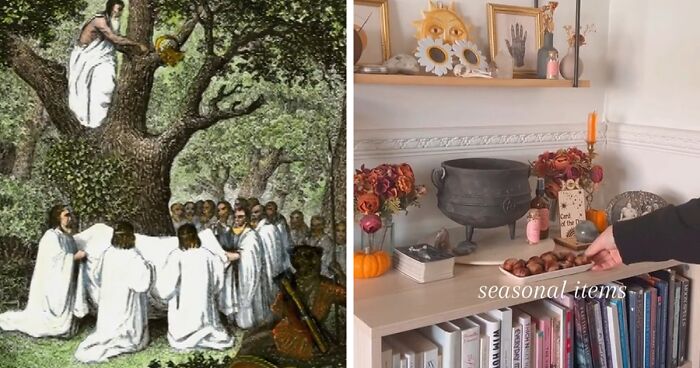
Modern-Day Witches And Pagans Still Celebrate Samhain, The 2000-Year-Old “Original Halloween”
Interview With AuthorHalloween is finally upon us, and accordingly, people have geared up for the spooky season, decorating their homes with Jack-o-lanterns and other creepy variants, while even celebrities have opened up about the extravagant ways they celebrate.
And whilst Halloween is a holiday beloved by so many, it is also a lucrative business that generates billions of dollars every year in the USA, according to Statista.
- Samhain is celebrated from October 31 to November 1 and marks the 'original Halloween.'
- Samhain is one of the eight festivals in the Wheel of the Year, significant to pagans and witches.
- Samhain survived centuries of witch hunts and remains important for its focus on the afterlife.
- Around 800,000 Americans are Wiccans, and many celebrate Samhain as a nature-based tradition.
- During Samhain, people perform healing spells and rituals, often involving fire and altars.
But did you know the popular event fell around the same time an ancient Gaelic festival gathered witches and spiritual people worldwide?
Samhain might be considered the “original Halloween”, as a 2000-year-old Gaelic observed celebrated by witches and pagans
Image credits: History.com
Bored Panda spoke to people who celebrate it, starting with Dr. Jeff Howard, who has just returned from Berlin’s 2023 Occulture Conference, to give us some insights into the 2000-year-old tradition.
“It’s a festival (ostensibly rooted in Celtic history though with heavy neo-pagan influences) that occurs on the same day as modern Halloween,” Jeff explained.
“I celebrate it as a time when the veil between the physical world and the spirit world is thin, though this idea may turn out to be more Victorian than ancient,” the senior lecturer in the Games Academy at Falmouth University in Cornwall added.
Samhain originates from an ancient Celtic spiritual tradition and is celebrated from October 31 to November 1
Image credits: History.com
According to History, Samhain originates from an ancient Celtic spiritual tradition and is indeed celebrated from October 31 to November 1 to welcome in the harvest and usher in “the dark half of the year.”
The website explains that Samhain celebrants believe that the barriers between the physical world and the spirit world break down during Samhain, allowing more interaction between humans and denizens of the Otherworld.
Moreover, the publication reports that ancient Celts marked Samhain as the most significant of the four quarterly fire festivals, taking place at the midpoint between the fall equinox and the winter solstice.
Ancient Celts marked Samhain as the most significant of the four quarterly fire festivals
Image credits: History.com
Nowadays, people from all walks of life and spiritual beliefs mark the occasion in different ways, but commonly use the element of fire, or a representation of it, to do so.
Jeff usually celebrates Samhain by “communing with the spirits of place and the dead, ideally around a fire.”
He said: “I meditate on the thinning of the veil and try to allow a space to open for spirits to enter.”
Samhain is one of the eight festivals appearing in the Wheel of the Year, important to many pagans, Wiccans, and witches
Image credits: Vintag.es
In the case of Tor Faulkner, a celebrity psychic and a practicing solitary pagan, Samhain is a family affair.
“I’ve always been encouraged to celebrate it,” Tor told Bored Panda. “There are quite a few pagans and generally spiritual people in my family.”
He added: “I started to forge my own properly as a teenager and have always heeded the time in some way – usually small, as I say, I’m solitary.”
Like many contemporary Wiccans and other pagans, Tor practices his spiritual beliefs in solitude, which he refers to as “solitary paganism”.
“The American capitalist party of Halloween happened because holidays are a convenient way to sell candy and costumes,” an expert told us
Image credits: History.com
Tor celebrates Samhain by doing healing spells around the season and trying to make the separation between “the more commercial Halloween” and the Gaelic festival.
“I usually do the more commercial Halloween-y stuff on 30th-31st October, then I start celebrating Samhain from the night of the 31st usually till around the 3rd November,” Tor said.
The psychic revealed that he views the Wheel of the Year more as a time period rather than a specific date.
“The 31st is somewhat like a New Year’s Eve so for me it makes sense to celebrate it from late on the 31st,” Tor said.
Pagan Grimoire explains the Wheel of the Year as a symbol that represents the eight festivals important to many pagans, Wiccans, and witches.
According to the website, these holidays — known as Sabbats — follow a nature-based calendar and include four solar festivals and four seasonal festivals set in between them.
Samhain survived a couple of centuries of witch hunts
Image credits: Vintag.es/Unsplash
“I’ll do the spooky movies and snacks but then I’ll do a ritual to honor those who’ve passed over (either a candle ritual or a dumb supper),” the practicing solitary pagan said.
Image credits: torjamesfaulkner
Jeff clarified that Samhain is one source of the original Halloween holiday, although the Christian concept of All Soul’s Night (and the subsequent All Soul’s Day, as well as the Mexican Day of the Dead) are all related to the idea of Halloween.
“The American capitalist party of Halloween happened because holidays are a convenient way to sell candy and costumes,” he playfully said.
Lighting a candle and meditating are just some of the many ways people celebrate Samhain
Image Credits: Tor James Faulkner
An important portion of people observing Samhain identify with the Wiccan faith, a modern-day, nature-based pagan religion, History stated.
A survey conducted by Helen A. Berger, a resident Scholar at Brandeis University’s Women’s Studies Research Center, found that approximately 800,000 Americans are Wiccans.
And although it is hard to find data quantifying the number of people who celebrate the old event, Jeff said that there are a lot of neo-pagans in today’s society, with many concentrated in Cornwall.
The holidays included in the Wheel of the Year are known as Sabbats and follow a nature-based calendar including four solar festivals and four seasonal festivals set in between them
Image credits: Pagangrimoire.com
It is worth noting that the celebration survived a couple of centuries of witch hunts.
“Samhain has survived because human beings are deeply concerned with death, the afterlife, and communicating with the dead,” Jeff said.
Image credits: caththehousewitch
The lecturer continued: “I think the biggest misconception about the occult is that it only takes one form (e.g. Wicca or Satanism).
“There are, in fact, many strands and currents of the occult, each of which manifests in very different beliefs and practices.”
In fact, even Christians are welcome to celebrate Samhain, the expert said.
“Many modern traditional witches practice ‘dual-faith observance,’ i.e. in that they are both Christian and pagan, often fusing the two traditions through creative or heretical readings of Christian scripture,” Jeff said.
During Samhain, some people set up special altars and work on spells, such as healing spells
Image credits: caththehousewitch
Image credits: smokeofwands
If you haven’t had time to prepare for Halloween or Samhain, there is still some time for you to get ready for Yule, the first of the eight sections of the Wheel of the Year, also known as the winter solstice, or Midwinter, which is observed between December 20 to 23.

 Dark Mode
Dark Mode 

 No fees, cancel anytime
No fees, cancel anytime 






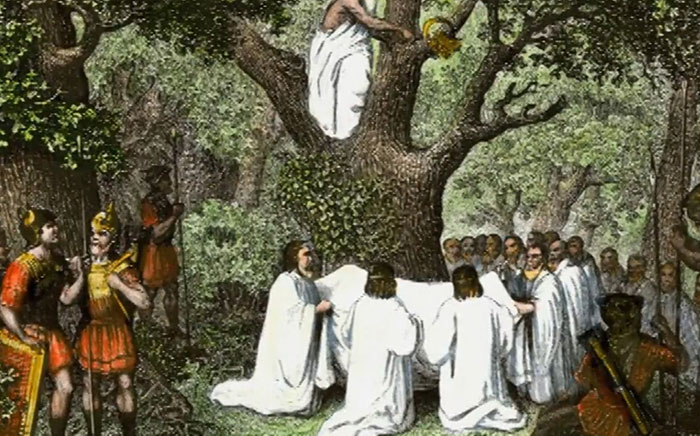
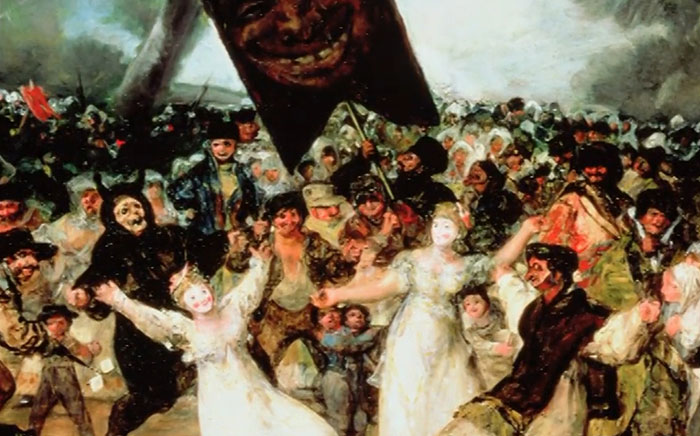
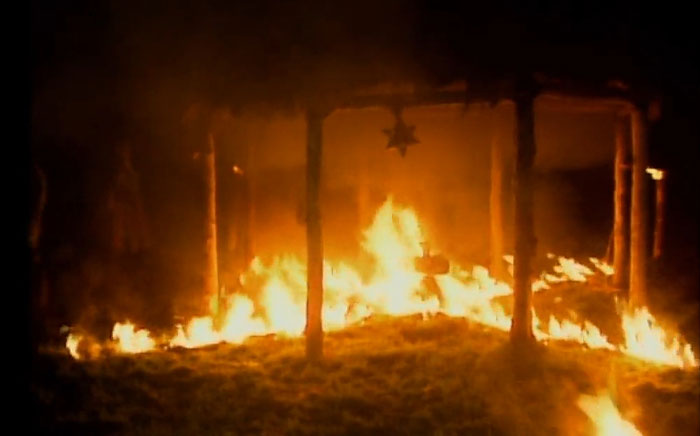
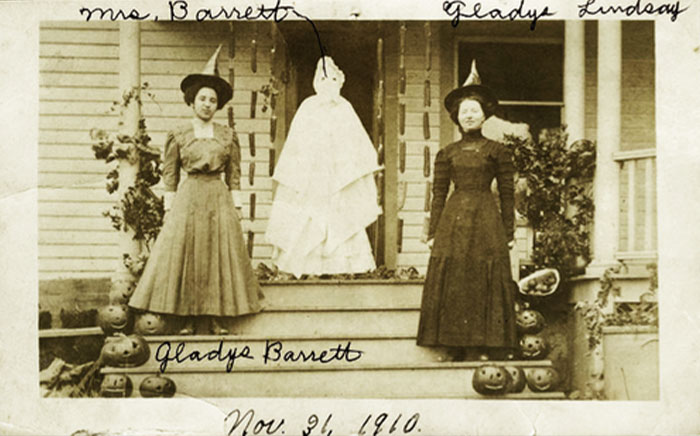
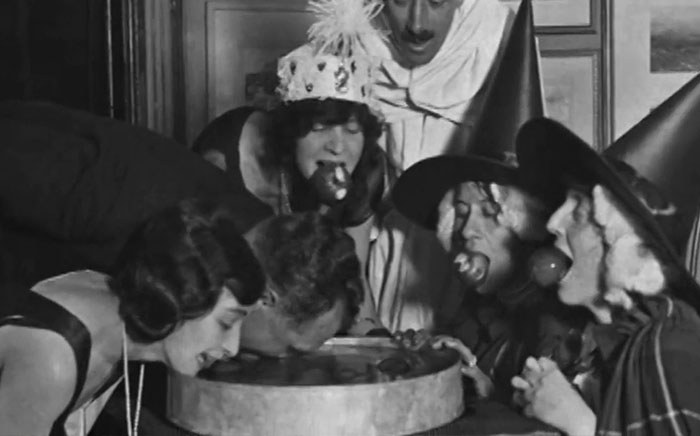
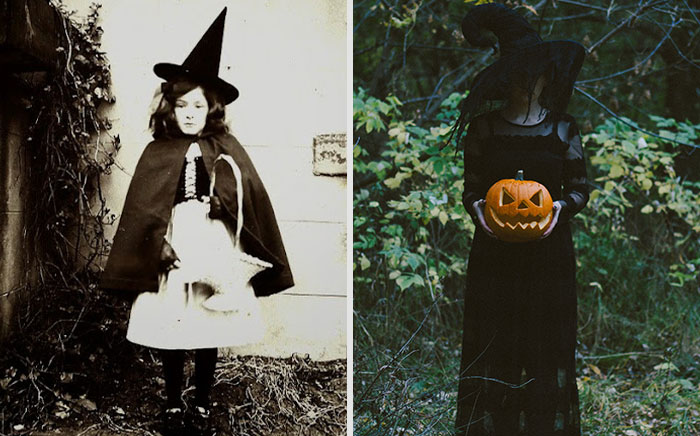
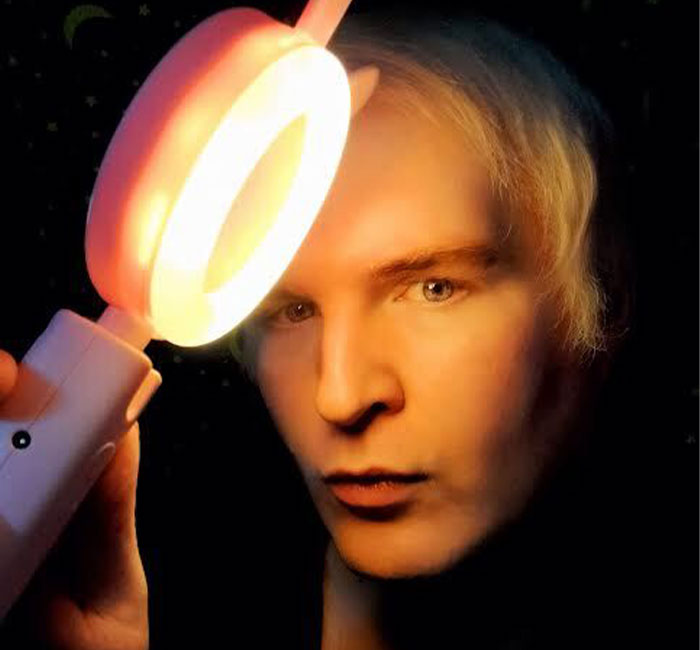
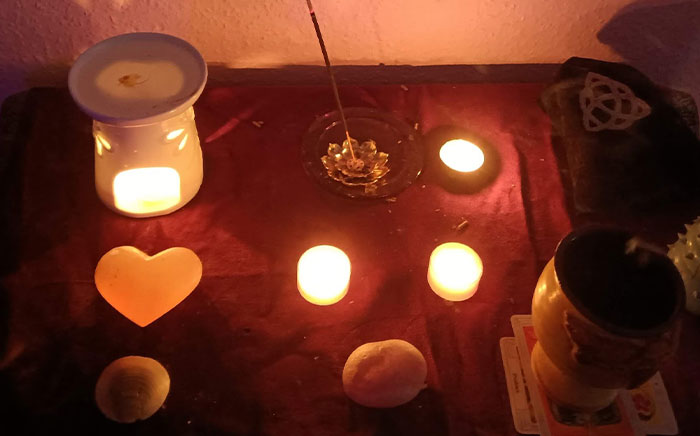
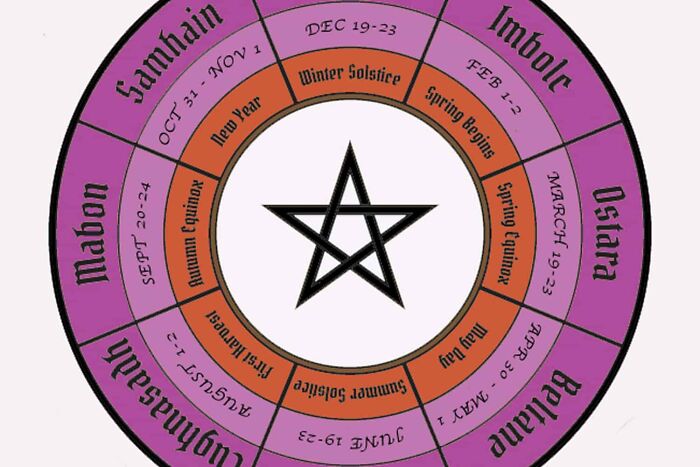
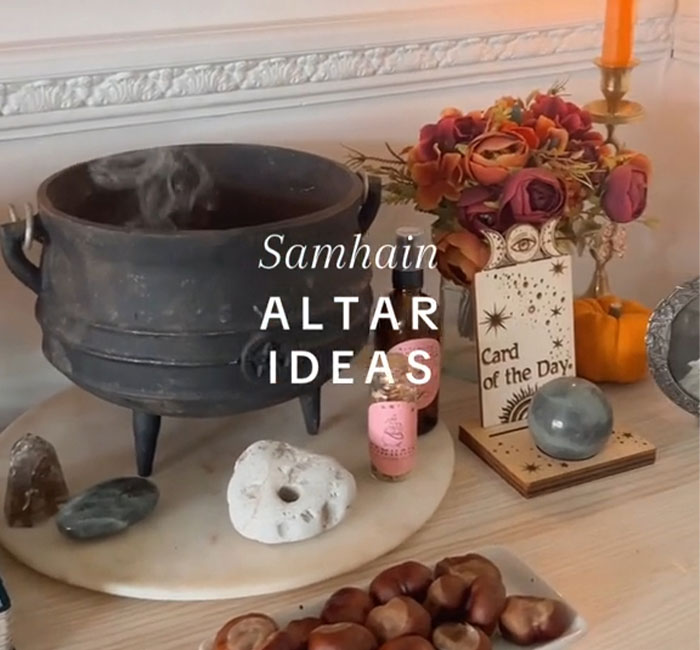
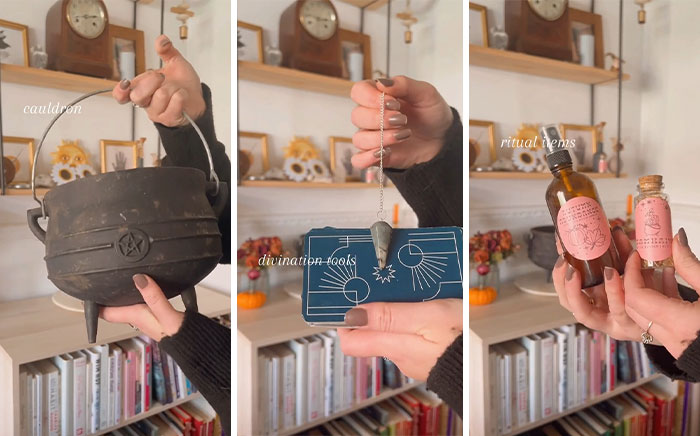
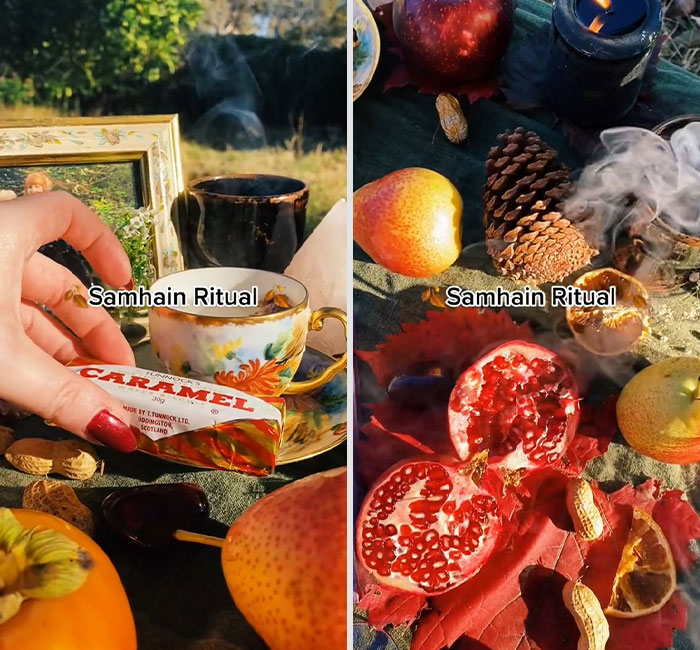











































65
17